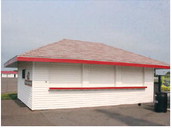Looking positive


Savings, extra revenue pushes Medford schools into black for end of year
Medford is still facing a fiscal cliff in two years, but thanks to help ...


Savings, extra revenue pushes Medford schools into black for end of year
Medford is still facing a fiscal cliff in two years, but thanks to help ...